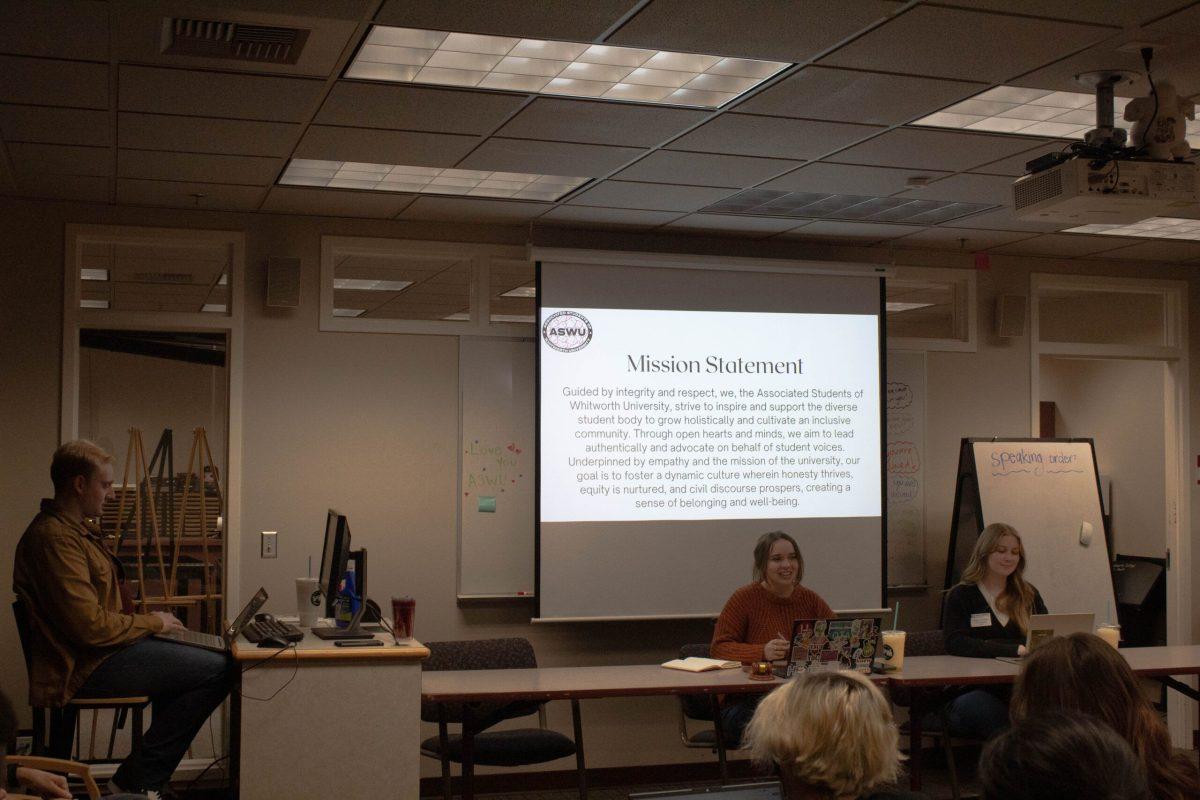After having a conversation with senior, Troy Haacke, I was moved to write about the fact that the Whitworth community sees students as either heterosexual or homosexual and never considers the fact that there may be students who do not fit in either of these categories. In fact, most of the student body has a binary view of sexuality and ignores or doesn’t know about other forms of sexual expression.
Haacke said, “The problem with binary sexuality is the same problem as with heterocentricity (you can only be hetero everything else is wrong); it limits the paradigm in which we can view ourselves.”
According to the website Daily Science, the average age for coming out is between 16 and 23. This means that college ares are right in the middle of this range. Many students will come to college trying to find out what part of the spectrum of sexuality they land on. If we continue to have a binary view, it may be detrimental to the students who are still confused about what their sexual orientation might be. “Once we recognize, and begin discussion on the spectrum of sexuality, students can feel more secure in themselves, less like outcasts and continue the journey of finding themselves,” Haacke said.
Although some say that other forms of sexuality are going against what God wants for mankind, we as Christian students must still show love and respect to those who have a minority form of sexuality. God calls his people to love others the way that he loves them. That love is an unconditional love; therefore we must change our view on sexuality in order to follow this model.
We as a student body need to be more open-minded to the fact that there are other types of sexuality besides heterosexuality and homosexuality. There is pansexuality, which is a sexual attraction to people of all gender identities and biological sexes.
There is asexuality, which is no sexual interest in others. There is polysexuality, which is an attraction to multiple genders, but not aligning as gay and straight. There is bisexuality, which is attraction to males and females with a gay or straight tendency. There is transexuality, which is when someone’s gender at birth does not match their psychological gender.There are many others but these are the most common examples. In order to make students feel more comfortable about who they are as human beings, we must break free of this binary sexuality mindset.
Contact Jasmine Barnes at [email protected]




